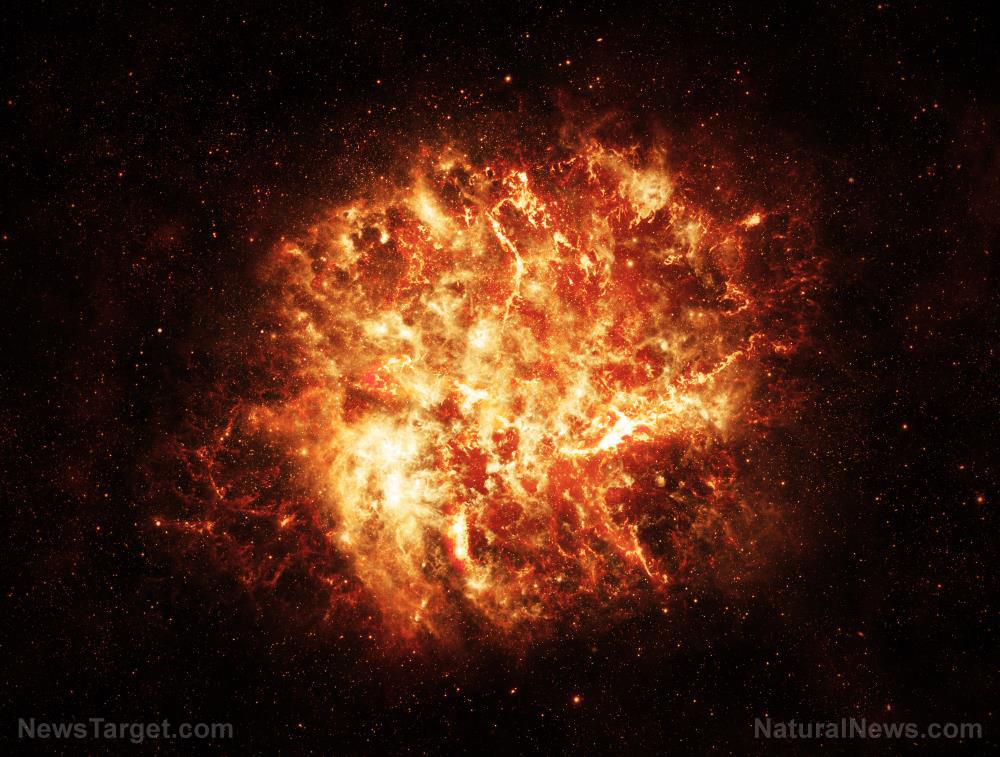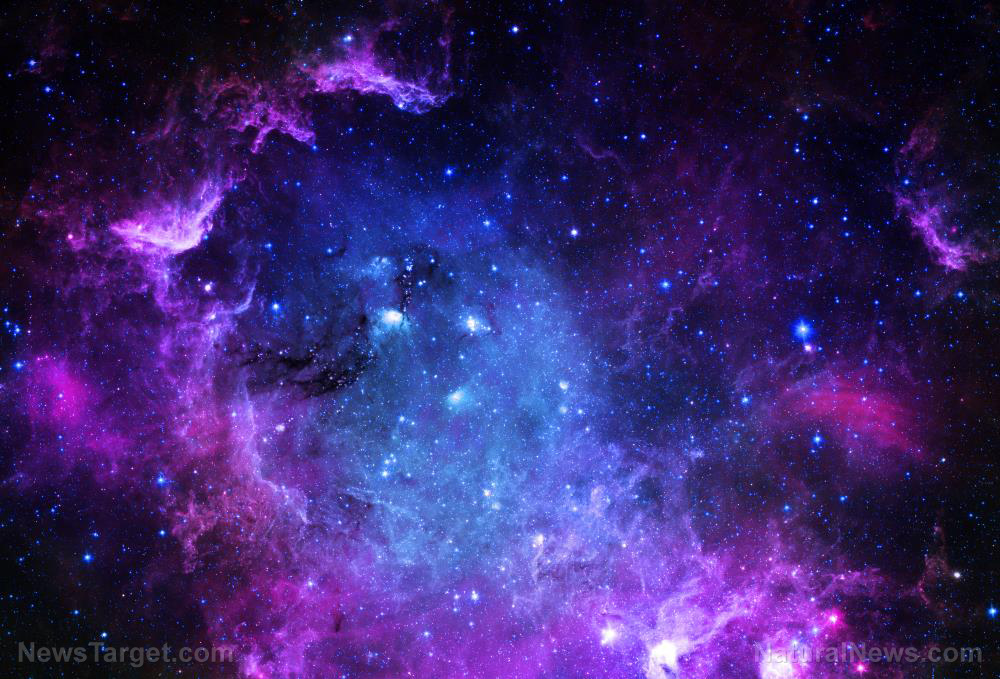An asteroid the size of two football fields will just barely miss the Earth next week
09/10/2020 / By Virgilio Marin

A colossal asteroid is set to fly past the Earth on September 14, according to the National Aeronautics and Space Administration (NASA).
Asteroid 2020 QL2 has a maximum diameter of more than 390 feet – bigger than two football fields stacked horizontally together. The space rock will fly past Earth at an estimated speed of 24,000 miles per hour and come closest to Earth at 4.2 million miles. In comparison, the moon is 239,000 miles from the planet.
This asteroid is the third such rock to fly close to the earth in the past couple of months.
On September 1, an asteroid bigger than a basketball court flew within 45,000 miles to Earth. Meanwhile, another asteroid, estimated to be the size of an SUV, came within 2,000 miles to Earth in August. The flyby was considered the closest a space object got to the planet without resulting in an impact. NASA did not detect the space rock until several hours after it made its nearest approach.
NASA strengthens NEO risk response
NASA has classified asteroid QL2 as “potentially hazardous” due to its colossal size and relatively close approach to Earth. But the agency noted that there is almost no chance that the asteroid will hit the planet.
Space objects are classified as potentially hazardous when they come within 4.6 million miles of the Earth and are more than 460 feet in diameter. Such near-Earth objects (NEOs) are closely monitored by NASA in order to assess the potential risk they pose. As part of this, the agency’s Jet Propulsion Laboratory has an Asteroid Watch program designed to keep tabs on near-Earth asteroids.
NASA also opened the Planetary Defense Coordination Office in 2016 to strengthen its NEO risk response. The office formalized the agency’s current programs for monitoring NEOs, which have been studied by NASA since the 1970s.
Following that, in 2018, NASA presented a preparedness strategy and action plan detailing the steps the U.S. should take to be better prepared for NEOs.
“Implementing the National Near-Earth Object Preparedness Strategy and Action Plan will greatly increase our nation’s readiness and work with international partners to effectively respond should a new potential asteroid impact be detected,” said Lindley Johnson, NASA’s planetary defense officer.
The plan outlined five goals, namely to enhance detection, improve prediction modeling, develop technologies for deflecting NEOs, boost international cooperation and establish new NEO impact emergency procedures and action protocols.
NASA and other space agencies have identified 95 percent of the asteroids large enough to cause widespread damage. None of these space objects pose any imminent threat.
On the other hand, there are over 18,300 identified NEOs, with 8,000 of them estimated to be over 100 meters, according to Johnson. (Related: NASA discovered 5 asteroids just 2 weeks before they flew past Earth.)
Chelyabinsk impact: Harbinger of disaster
The Chelyabinsk impact of 2013 served as a wake-up call for authorities regarding the risk posed by large asteroids.
The impact involved a house-sized asteroid that entered the atmosphere over Chelyabinsk in Russia. It hurtled at over 11 miles per second before blowing apart 14 miles above the ground. The blast released the energy equivalent of about 440,000 tons of TNT and produced a shock wave that shattered windows as far as 200 miles away. The blast injured more than 1,600 people and damaged some 7,200 buildings.
“The Chelyabinsk event drew widespread attention to what more needs to be done to detect even larger asteroids before they strike our planet,” said Johnson in 2018.
The asteroid took authorities by surprise; it was relatively difficult to detect because it was relatively small, at 20 meters across, and entered Earth from the position of the Sun.
Previous forecasts on the frequency of NEOs on an impact trajectory to the planet might have had been short of the mark. Research on the impact estimated that the number of impact-trajectory NEOs with a diameter of 10 meters or more is 10 times greater than previously predicted.
While no asteroid is predicted to hit Earth in the next 100 years, space agencies keep searching for NEOs to improve planetary defense and prepare for potential meteorite impacts.
Space.news has more on NEOs set to make a flyby around Earth.
Sources include:
Tagged Under: asteroid impact, asteroid watch, Chelyabinsk impact, disaster, Earth, impact, NASA, near-Earth objects, outer space, Space, space research
RECENT NEWS & ARTICLES
Cosmic.News is a fact-based public education website published by Cosmic News Features, LLC.
All content copyright © 2018 by Cosmic News Features, LLC.
Contact Us with Tips or Corrections
All trademarks, registered trademarks and servicemarks mentioned on this site are the property of their respective owners.

















